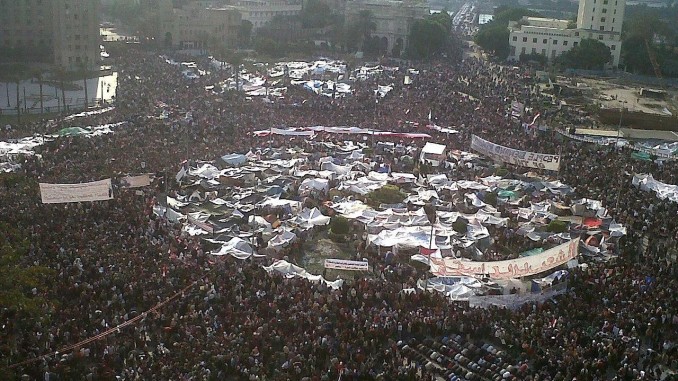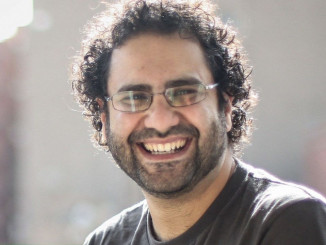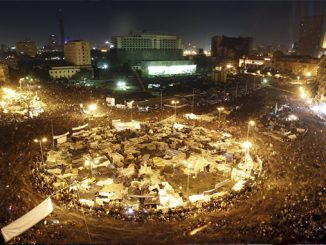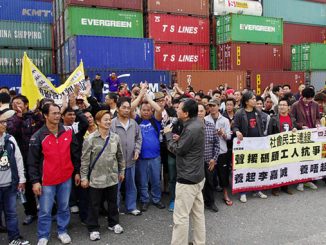
Ten years ago, the masses of Egyptian people took to the streets. What began as a protest against police brutality quickly grew into something more – a revolt that overthrew Egypt’s 30-year long dictatorship. Just one month earlier, a similar revolt had shaken nearby Tunisia, and the example sparked the hopes and confidence of the Egyptian people. Mass demonstrations centered around Cairo’s Tahrir square grew, calling for an end to the regime. In a matter of days, Hosni Mubarak who had ruled Egypt for longer than any of the pharoahs, was on a plane to Saudi Arabia fleeing in disgrace. The Egyptian people showed the power of ordinary people to make history if we take matters into own hands. This is a lesson we need to remember more than ever, with the countless problems we face today.
Mubarak’s military dictatorship kept its grip on Egypt through a huge network of police and security agents. Under Mubarak, January 25th was a national holiday to celebrate the police — National Police Day. Some young activists in Egypt had begun a campaign of protest against the brutality of these police forces. In 2011, a call was put out – go to the main square in Cairo, Tahrir Square, on January 25th. As one activist said, “as long as you say there is no hope, then there will be no hope, but if you go down and take a stand, then there will be hope.” The people responded in numbers beyond the activists’ wildest dreams. Activists thought a few thousand might come out, but hundreds of thousands, and later millions showed up! Tahrir became a living city of protest. Young and old, educated and illiterate, women and men, and lawyers, doctors, railway workers, rickshaw drivers and unemployed all gathered at Tahrir. One participant said, “it felt like it had become a different society.” For 18 days, people lived in makeshift tents, distributed food, set up medical care facilities, taught literacy, and played music, danced, and debated their futures. In the words of one protester, “the revolution woke us up – a collective consciousness has been awoken.”
Workers across different industries began to organize themselves in support of the protests. Telecom, railway, healthcare, dock, and factory workers all went out on strike. When workers and protesters blocked the parliament building in Cairo, one worker explained why they were not letting the politicians enter: “we do not need them.” Others hung a sign declaring the parliament was “closed until the fall of the regime”.
In a desperate bid to save itself, the government opened the prisons and told the police to stand by. The Mubarak regime hoped that fear would bring the people running back to the government for help. Instead, neighborhoods set up their own checkpoints and policed their own neighborhoods. By February 11th, after just 18 days of protests, the military was ready to offer the protesters a concession – Mubarak submitted his resignation and got on a plane, exiled to Saudi Arabia. Egyptians were exhilarated. They had forced the 30-year dictator of Egypt to resign in disgrace!
After Mubarak’s resignation, the Egyptian people learned another lesson. A politician may be forced out of power, but society doesn’t change so easily. After people overthrew the dictator Mubarak, new rulers took his place, while the army remained the real power behind the scenes. In 2013, the army seized power openly and today General Al-Sisi rules Egypt like an even more brutal version of Mubarak.
Ten years later, it may seem like there is nothing left of the powerful movement that overthrew a dictator. But the lessons learned and the possibilities glimpsed in Tahrir square remain in the memories of millions of ordinary Egyptians. Egypt’s generals should remember, however tightly they hold onto power, that it only took 18 days to force Mubarak out, and that power still lies in the hands of millions of ordinary Egyptians suffering under the weight of dictatorship.




